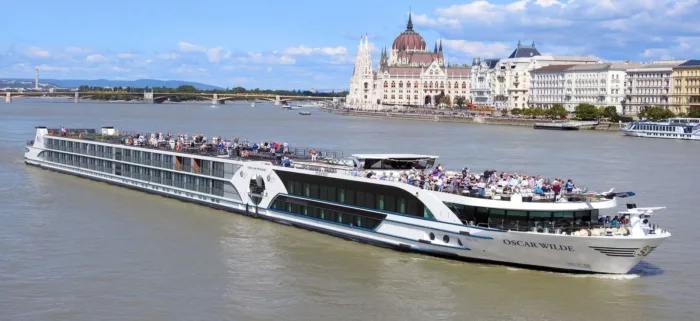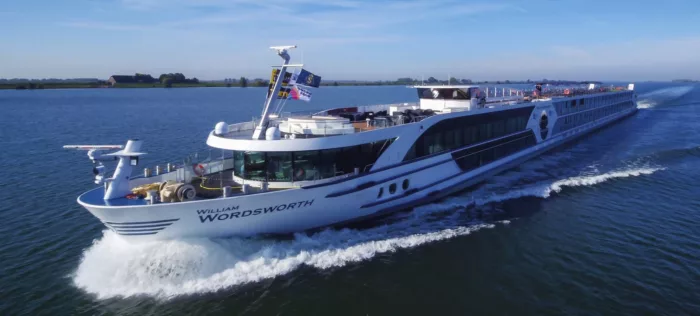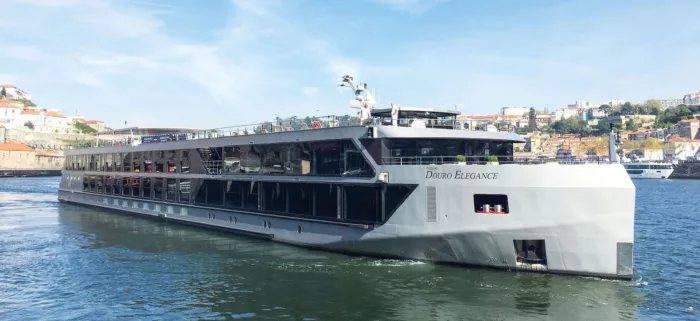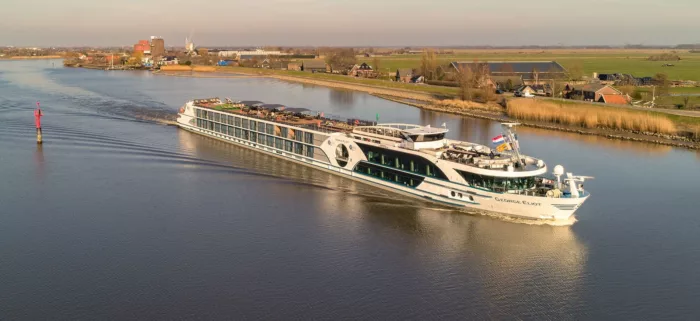
Riviera Travel is one of the oldest and most reliable river cruise operators in the world, with 40 years of experience running guided and escorted tours, a land and water all around the world, including river cruises.
Riviera Travel operates a unique cruising experience, partnering with local guides and experts to create a programme of guided tours and river cruises, bringing like-minded travellers together and offering a selection of authentic and bespoke travel experiences.
The operator runs river cruises on European waterways like the Danube, Rhine and Douro, but also the Nile, Mekong and Yangtze. Championing escorted tours and guided holidays, Riviera Travel line also specialises in solo travel, providing a safe, friendly and social environment for travellers going it alone.
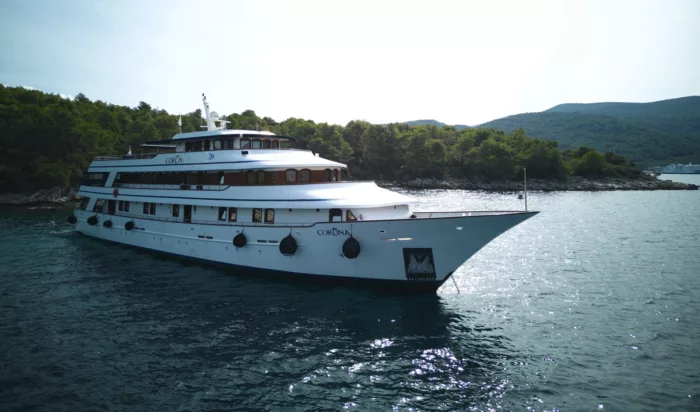








Constructed using the finest materials, specially designed to sail in Croatian waters and operated by a family of seafarers of three generations, there is an unmistakable sense of exclusivity about the MV Corona.




